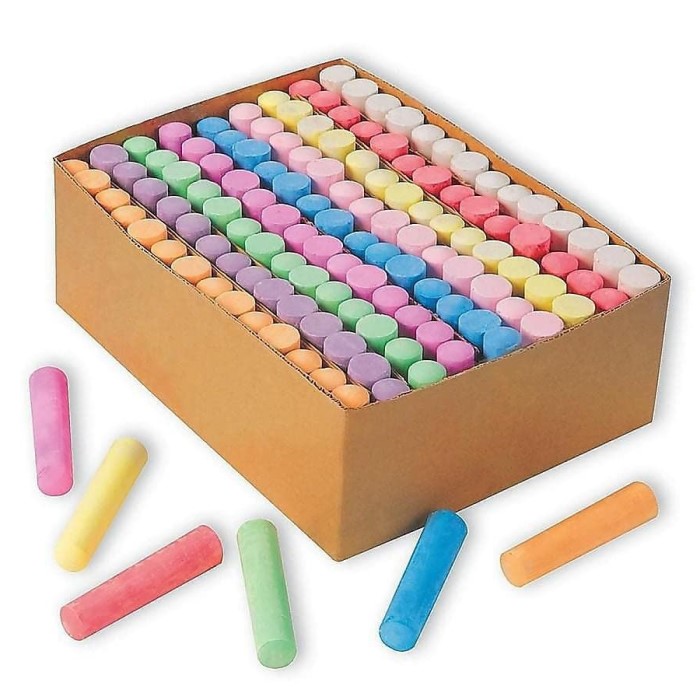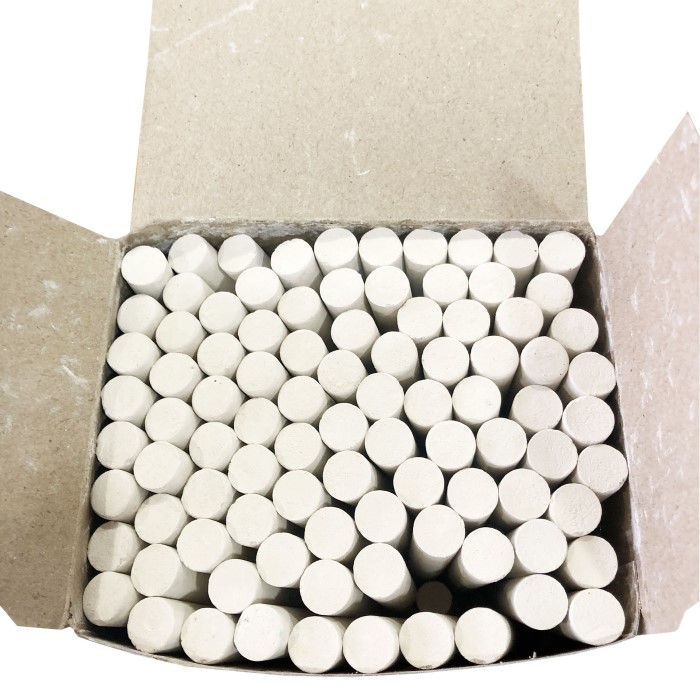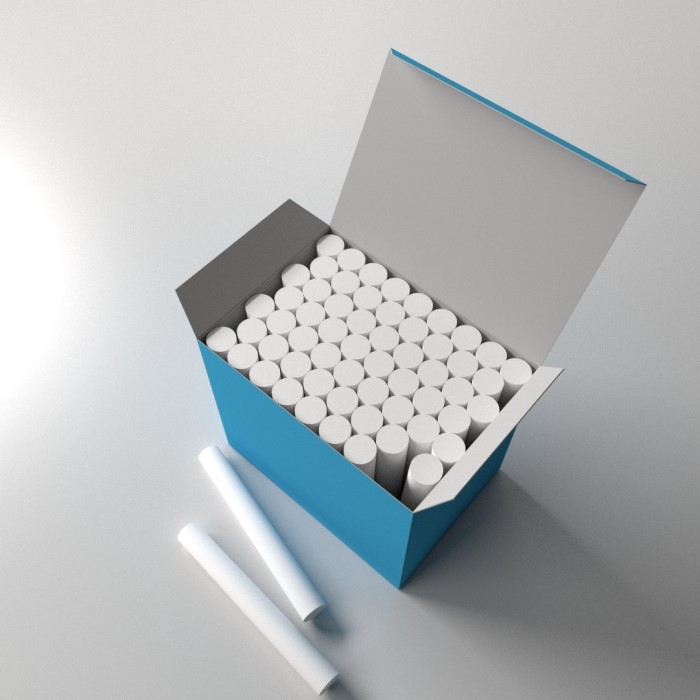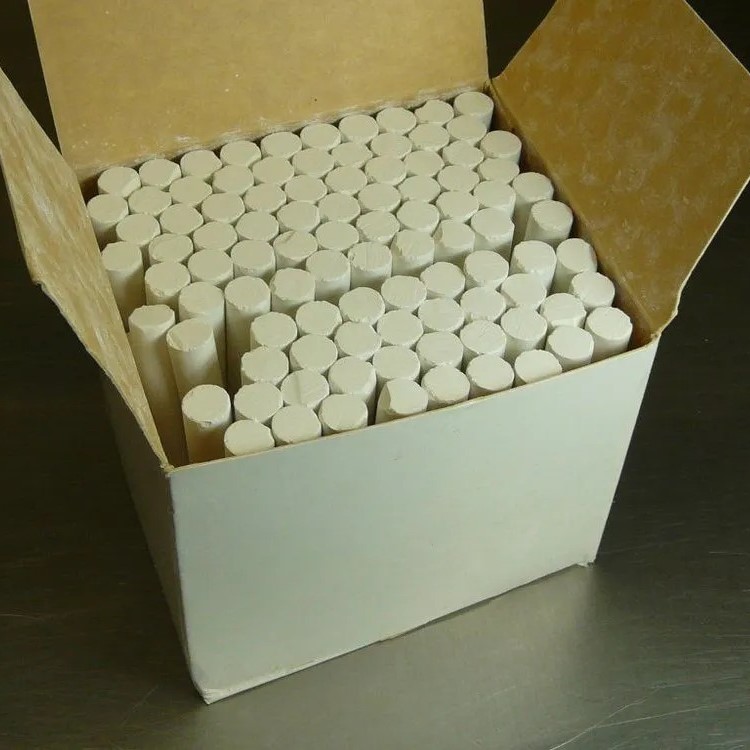Introduction
A chalk box is an invaluable tool in both DIY projects and professional construction. This essential marking tool enables users to create straight, clear lines quickly and accurately across various surfaces. Perfect for a wide range of applications—from laying out walls to marking floors—a chalk box is a must-have for anyone working with materials that require precision. Understanding how to make the most of this tool can significantly enhance your efficiency and accuracy on projects. In this comprehensive guide, we will delve deeply into chalk boxes, exploring their uses, tips and tricks for effective marking, and answering common questions associated with them. By the end of this article, you’ll be well-equipped with the knowledge to maximize your chalk box’s effectiveness and improve your overall project outcomes.
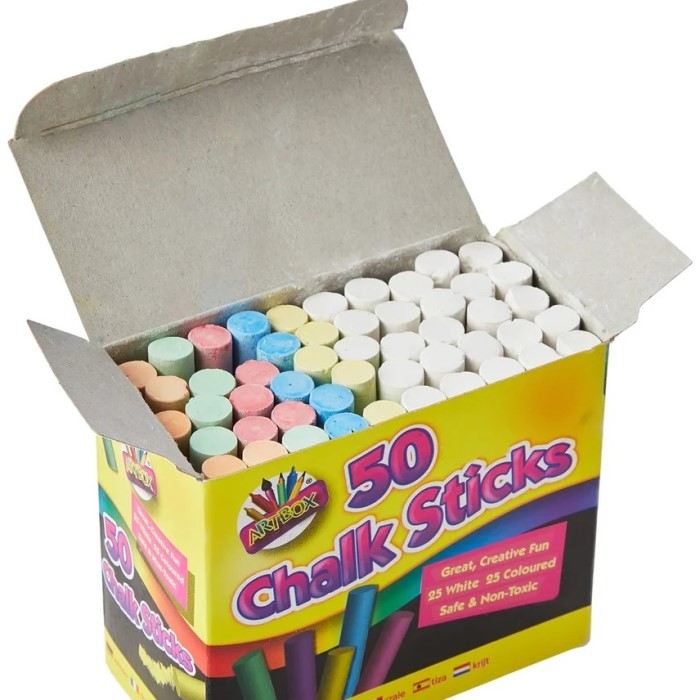
What is a Chalk Box?
A chalk box, also known as a chalk line, is a simple yet effective marking tool that consists of a spool of string coated with chalk powder. When stretched, this chalk-coated string allows users to snap a straight line across surfaces. The snapping action leaves a bold, visible chalk line for accurate measurement and marking.
Key Features of a Chalk Box:
- String Length: Typically, chalk boxes come with strings that can range from 30 to 100 feet. The longer the string, the more versatile the tool becomes for larger projects.
- Chalk Reservoir: Most chalk boxes are designed with a compartment for holding chalk powder, allowing easy replenishment and ensuring continuous use.
- Durability: Generally made from high-quality plastic or metal, chalk boxes are designed to withstand the wear and tear of construction environments.
Uses of a Chalk Box
A chalk box is a versatile tool that finds applications in various fields, including construction, crafting, and DIY home projects. Here are some popular uses:
- Marking Walls: Whether you’re framing a wall or installing electrical wiring, a chalk box provides a straightforward way to mark locations for studs, outlets, and fixtures. Accurate markings help ensure that everything is aligned correctly.
- Floor Layouts: When installing tile, hardwood, or other flooring materials, a chalk box aids in laying out straight lines. This is essential for ensuring even spacing and alignment, leading to a professional-looking finish.
- Cutting Straight Lines: For projects that involve cutting wood, drywall, or other materials, a chalk box can show exactly where cuts should be made. It saves time and increases accuracy, significantly improving the quality of your work.
- Outdoor Projects: Chalk boxes are not just limited to indoor applications. For landscaping or outdoor construction tasks, they can help lay out paths, fences, and garden beds with straight edges.
- Crafting: For DIY enthusiasts, a chalk box becomes handy in various crafting projects, especially those requiring precise measurements, such as making furniture or setting up exhibits.
- Surveying: In land surveying, chalk boxes can mark boundaries or important reference points. They are also employed to indicate straight paths for road construction or architectural designs.
Tips for Using a Chalk Box Effectively
Using a chalk box may seem straightforward, but several techniques can enhance its effectiveness and accuracy. Here are essential tips to keep in mind:
- Choose the Right Chalk: There are various types of chalks available, including dustless and standard chalk. If you’re working indoors, dustless chalk is ideal as it produces less mess, making the clean-up easier. On the other hand, standard chalk is effective for outdoor projects where wind and rain may wash lines away.
- Clean the Surface: Before marking, make sure the surface where you’ll be snapping the line is clean and dry. Debris, dust, or moisture can prevent chalk from adhering properly or can cause inaccuracies in your lines.
- Practice Snapping Technique: When using the chalk box, hold it firmly and pull the string taut. A quick, confident snap allows the string to retract, leaving a clear chalk line. Practice this technique a few times to ensure you can achieve a straight line consistently.
- Use a Straight Edge for Long Lines: For extremely long distances, using a straight edge or a level as a guide will help you maintain a straight line and avoid any unwanted curves or dips in your marking.
- Marking Points Clearly: Before snapping the line, mark small dots or cuts at both endpoints where you want the line to be. This practice helps eliminate any confusion during the snapping process, ensuring accurate placements.
- Consider the Environment: Always be aware of your surroundings. Wind can affect outdoor applications. Choose a calm day for marking outside to ensure your chalk line remains intact.
Common Mistakes to Avoid
While using a chalk box is relatively straightforward, certain common mistakes can lead to inaccuracies. Here’s how to avoid them:
Inconsistent Tension
- Importance of Tension: Maintaining consistent tension on the string is crucial for ensuring that the lines you create are straight and accurate. Any fluctuation in tension can lead to inconsistencies in your markings.
- Ideal Tension Level: It’s important to keep the string taut enough to prevent sagging, which can distort the line. However, be careful not to overstretch it, as excessive tension can also lead to the string snapping or becoming misaligned.
- Tips for Consistency: Check the tension periodically while marking. You can do this by plucking the string lightly; it should produce a clear sound without being overly tight. Adjust as necessary to maintain a consistent level throughout your marking process.
Overlooking Surface Irregularities
- Impact of Surface Quality: The surface you are marking on greatly influences the adhesion and visibility of the chalk line. If it is uneven, bumpy, or textured, the chalk may not adhere correctly, leading to inaccurate markings.
- Preparing the Surface: Before you begin, inspect the marking surface thoroughly. If there are any irregularities, consider leveling or smoothing the area beforehand. This preparation can involve sanding, filling in holes, or simply cleaning the surface to remove dust or debris.
- Check Adherence: After preparing the surface, it can be helpful to test a small section with chalk to ensure it adheres well before proceeding with the entire line.
Ignoring Proper Marking Techniques
- Importance of Accuracy: Marking both ends of your intended line correctly is essential. A missed mark at one end can lead to significant misalignment when you snap the line, affecting the entire project outcome.
- Pre-Marking Checks: Before snapping the chalk line, double-check that both endpoints are accurately marked. Use a measuring tape or a straight edge to ensure precision.
- Understanding the Snapping Process: When you do snap the line, make sure to pull the string away from the surface evenly and smoothly to help ensure a straight and clear line is created.
Setting Up in Poor Weather Conditions
- Effect of Weather on Marking: Using your chalk box in adverse weather conditions, such as wind or rain, can significantly compromise the quality of your markings. Wind may blow the chalk or move the string, while rain can cause the chalk to smear or wash away.
- Choosing Optimal Conditions: Whenever possible, select a calm, dry day for marking. This will help ensure accuracy and clarity in your work, which is especially important for projects where precision is key.
- Making Adjustments: If you must work in less-than-ideal conditions, consider ways to shield your workspace from the wind or rain. Using tarps or awnings can provide some protection, but it’s generally best to wait for more favorable weather to avoid complications.
Frequently Asked Questions
What is a chalk box used for?
A chalk box is primarily used as a marking tool for creating straight lines on various surfaces. It is particularly valuable in construction, woodworking, and crafting, allowing users to ensure accuracy in measurements and cuts.
What is a chalk box?
A chalk box, or chalk line, consists of a spool of string coated with chalk powder. When users pull the string tight and snap it, the chalk leaves a visible line on the surface, providing a guide for accurate work.
What is the meaning of chalk box?
The term “chalk box” refers to a specific tool used for marking surfaces with chalk lines for cutting or alignment purposes. They are frequently utilized in construction and woodworking projects.
Do police still do chalk outlines?
While the practice of using chalk outlines at crime scenes is often portrayed in movies and television shows, it is not commonly used in real life. Modern investigative techniques prefer photography and scientific methods for more accurate crime scene documentation.
Conclusion
In conclusion, mastering the use of a chalk box can lead to substantial improvements in your DIY projects and professional tasks. This seemingly simple tool provides a straightforward and effective way to create accurate markings, the foundation for achieving high-quality work.
By understanding how a chalk box operates, employing effective techniques, and avoiding common mistakes, you can ensure precise results every time. Always remember to clean the surface before use, select the right chalk for the application, and practice your snapping technique for the best outcomes.
Whether you’re a novice or a seasoned professional, adding a chalk box to your toolkit can creatively enhance your ability to work with precision. Use these tips and tricks to tackle any project confidently, knowing your chalk box is helping you achieve the accuracy you desire. Enjoy your next project and see how this essential tool can revolutionize your approach to marking and measuring!
